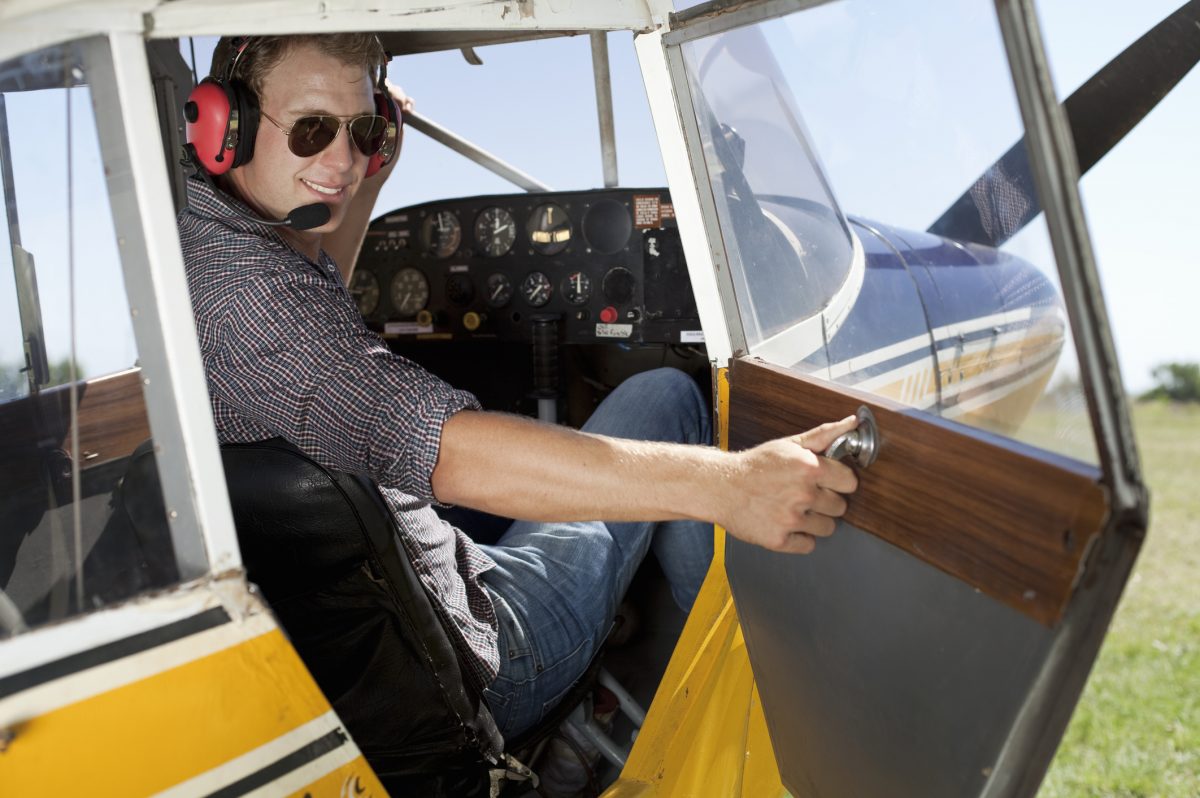Spatial disorientation is a causal factor in many fatal general aviation accidents. The phenomenon of spatial disorientation can happen to pilots of all skill levels, and both instrument rated and VFR pilots are subject to its effects – especially when flying at night or in limited visibility weather conditions. According to the FAA, 5 to 10% of all GA accidents are attributed to spatial disorientation, and 90% of those accidents are fatal. Therefore, knowing how to avoid and overcome spatial orientation is an essential part of safe flying.
What is spatial disorientation?
As the AOPA puts it, “humans are VFR-only creatures.” We naturally maintain our body orientation in relation to the visual references of our surrounding environment, depending on visual cues to maintain balance and know which way is up. In situations where we are in motion and don’t have a good visual reference to the environment around us – such as flying into limited visibility conditions – we often experience sensory illusions and disorientation that make it difficult to determine where we are and how we’re oriented. Put simply, spatial disorientation is the mistaken perception of our body’s position relative to the earth.
There are two primary types of sensory illusions that can cause pilot error:
- Somatogravic illusions often occur during either high acceleration or high deceleration movements when flying in reduced visibility. Without a visual reference, the body can mistake the rapid forward acceleration with a pitching up motion. With the limited visual cues, the pilot’s natural reaction is to correct by pitching down. The opposite can be true for deceleration; a rapid deceleration movement feels like a pitch down motion, so the pilot reacts by pulling back on the yoke to pitch up. In spite of the pilot’s perception, the aircraft may actually be in a level altitude.
- Somatogyral illusions happen when the pilot perceives a flight movement in a different direction to reality, usually in the opposite direction. The most common somatogyral illusion is known as “the leans,” which is caused by a quick return to level flight after the aircraft has gradually entered a banked attitude. Banking too slowly allows the fluid in the inner ear to stabilize, which causes the sensation of banking in the opposite direction. As a result, the pilot’s natural reaction is to lean in the wrong direction to correct it, which may roll the aircraft.
Either of these illusions can quickly lead to controlled flight into terrain or loss of aircraft control.
How to prevent spatial disorientation
The following tips provided by the FAA can help pilots avoid the danger of spatial disorientation:
- Experience what a visual illusion actually feels like. There are a variety of training devices and simulators that replicate spatial disorientation illusions from the safety of the ground, including Barany chairs, Vertigon devices, computerized simulators, and even virtual reality simulators.
- If you haven’t already, make it a goal to earn your instrument rating. You’ll be more prepared to handle unexpected weather on any flight. If you’re not instrument rated, fly within your capabilities and do not attempt visual flight when there’s a possibility you could encounter limited visibility weather conditions. Inadvertently flying VFR into IMC is a leading cause of spatial disorientation.
- If you are already instrument rated, maintain currency and proficiency. If you plan on flying at night, maintain night currency.
- Make sure you test your flight instruments before each flight and during preflight and taxi to ensure they are working properly.
- Certain medications, including common over-the-counter cold and flu medicines, may contribute to dizziness and loss of spatial orientation in the cockpit. It’s advisable to avoid flying if you have cold or flu symptoms.
- If you experience a visual illusion during flight, trust the instruments. Even if your sensory perceptions are giving you conflicting signals, rely on your instruments, not your body.
By understanding the basic factors that contribute to sensory illusions and trusting your instruments, you can avoid the dangers of spatial disorientation and prevent loss of aircraft control. Safe flying!
